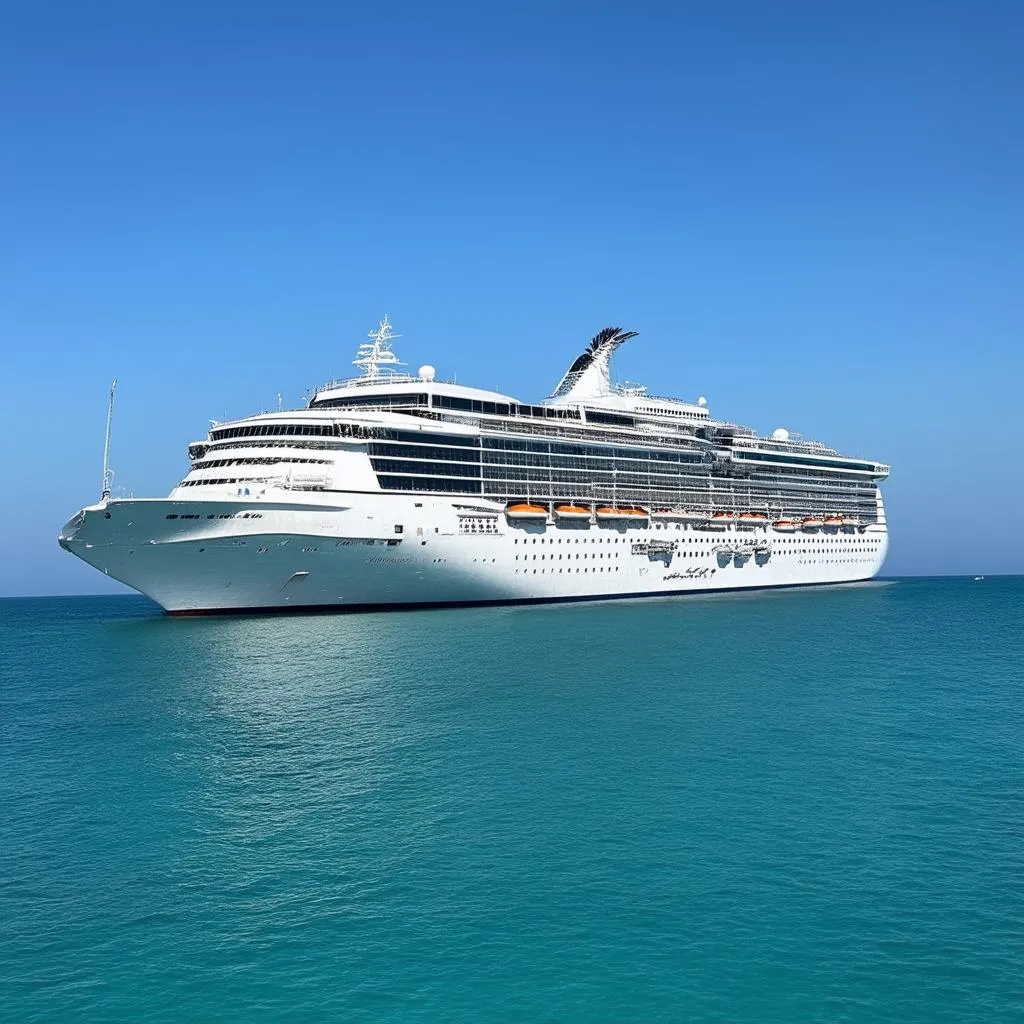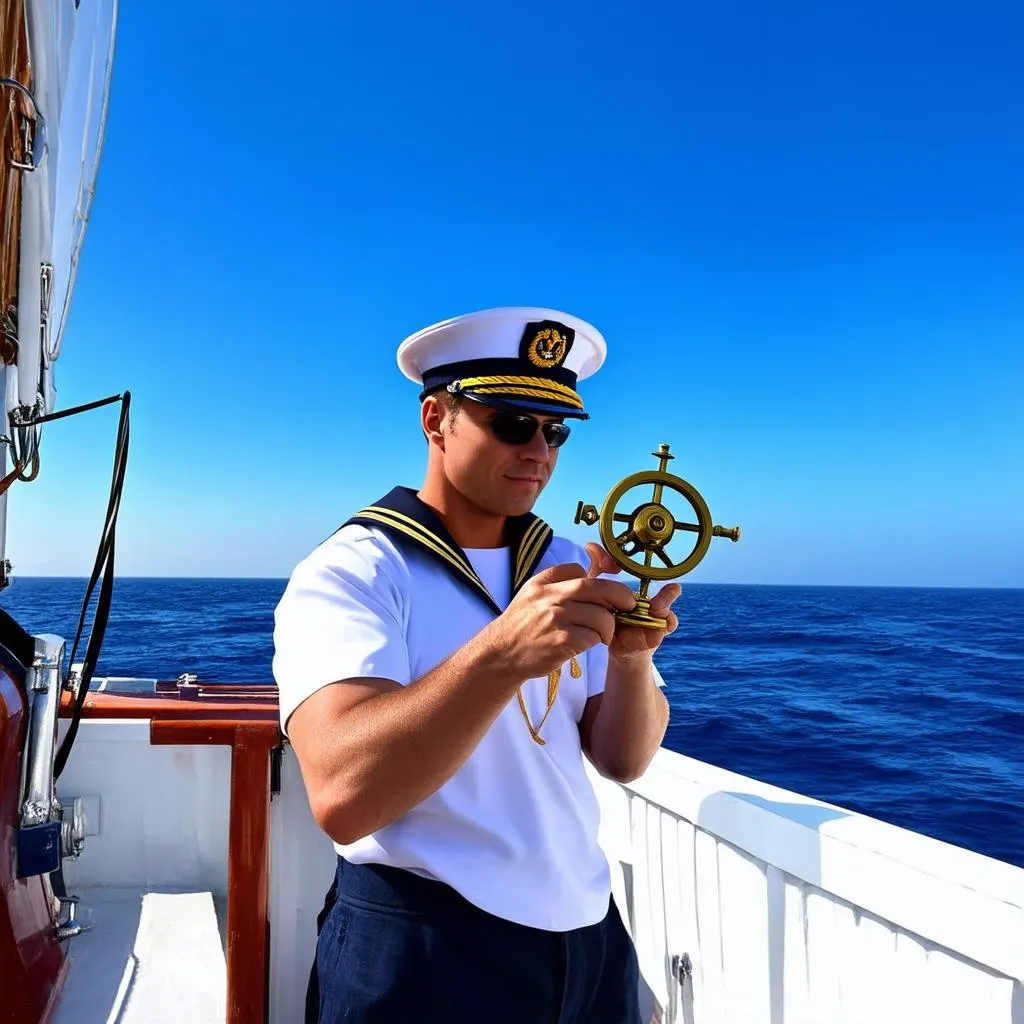Picture this: you’re leaning against the railing of a majestic cruise ship, the salty air whipping through your hair, the vast ocean stretching out before you. You hear the captain announce, “We are currently traveling at a speed of 22 knots,” and you might wonder, “What exactly does that mean?”
Don’t worry, it’s a common question! While most of us are used to kilometers or miles per hour, the nautical world dances to the rhythm of knots. Let’s dive into what it all means and why it’s the preferred unit of measurement for ships and boats.
Understanding Knots: A Sailor’s Speedometer
A knot is a unit of speed equal to one nautical mile per hour. To break it down further:
- 1 knot = 1 nautical mile per hour
- 1 nautical mile = 1.15 statute miles (the miles we use on land)
Therefore, a ship traveling at 22 knots is moving at approximately 25.3 miles per hour.
Why Knots and Not Kilometers?
The use of knots dates back to ancient maritime tradition. Sailors used a device called a “common log” to measure the ship’s speed. This log was essentially a rope with knots tied at regular intervals, attached to a piece of wood. As the ship sailed, the log was thrown overboard, and the number of knots that passed through the sailor’s hand in a specific amount of time was counted. This directly correlated to the ship’s speed in nautical miles per hour, hence the term “knots.”
Beyond historical significance, knots are intrinsically linked to nautical charts, which use latitude and longitude to determine distance. Since one minute of latitude equals one nautical mile, using knots simplifies navigation and distance calculations for sailors.
What Does 22 Knots Feel Like?
While 25 mph might not sound particularly fast on land, it’s a significant speed on water. At 22 knots, you’ll feel the wind in your hair, see the water rushing by, and experience the thrill of the journey.
Is it fast for a cruise ship? It depends! Some smaller, high-speed ferries can reach speeds of over 50 knots, while larger cruise ships typically cruise between 17-22 knots. 22 knots allows for a balance between covering a good distance and providing a comfortable experience for passengers.
Planning Your Nautical Adventure?
If you’re dreaming of embarking on a seafaring adventure, understanding knots can enhance your experience. Whether you’re picturing yourself aboard a luxurious cruise liner gliding through the Caribbean or a nimble sailboat catching the wind in the Mediterranean, knowing how your speed translates to the miles you’re covering adds another layer of appreciation for the journey.
And if you’re looking for inspiration on where to set sail, be sure to check out travelcar.edu.vn for incredible travel guides and resources!
 Cruise Ship at Sea
Cruise Ship at Sea
 Sailor Using Sextant
Sailor Using Sextant